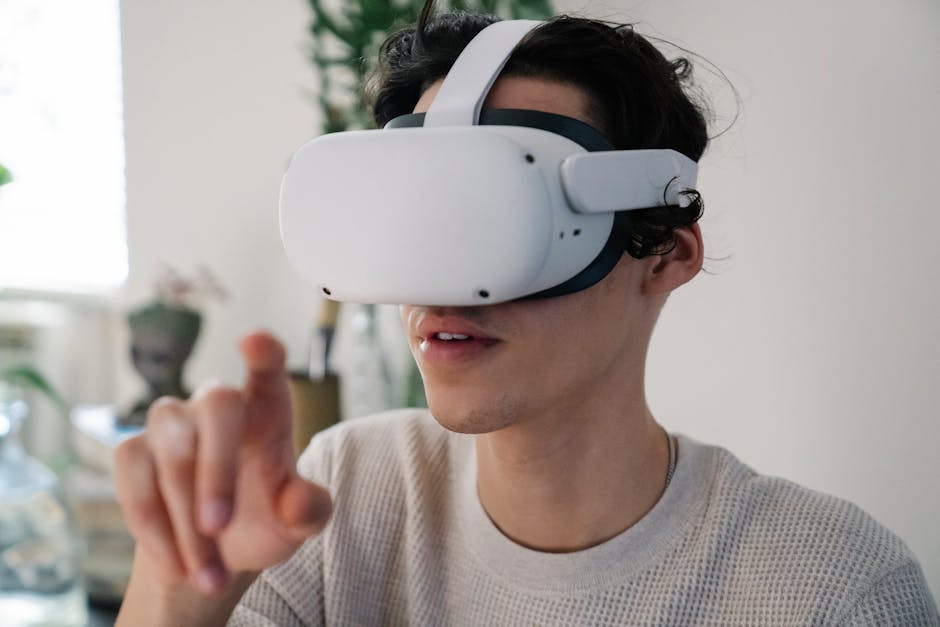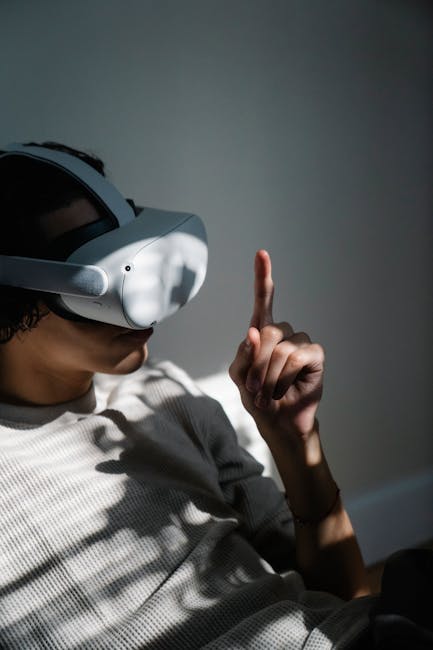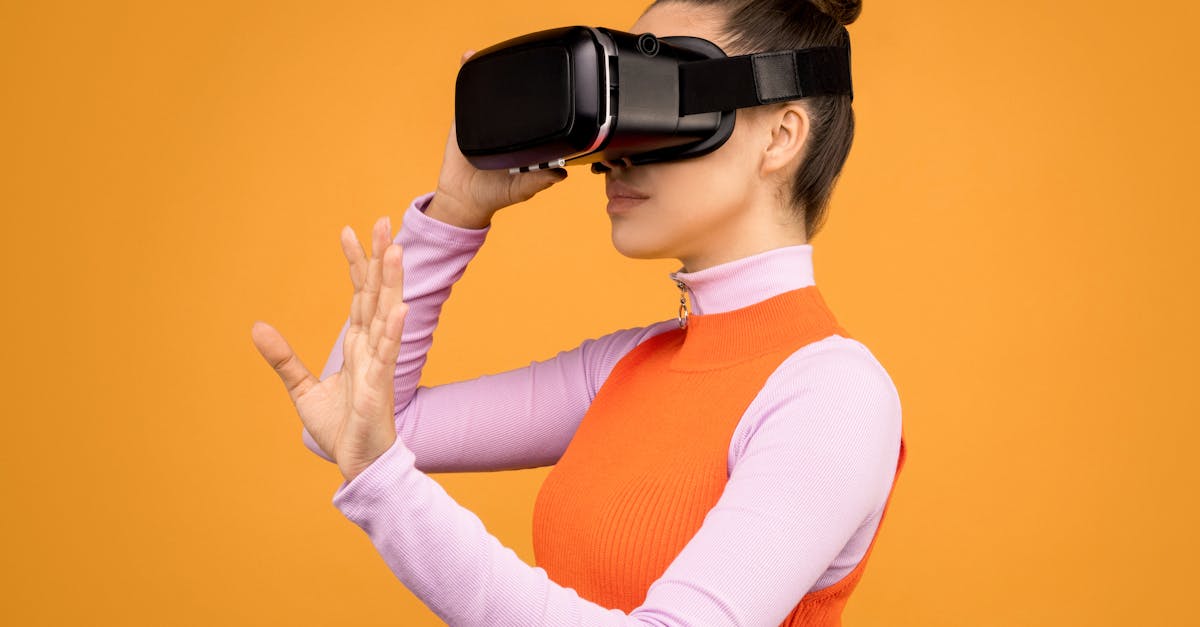Augmented reality (AR) isn’t just a buzzword anymore; it’s a game-changing technology that’s redefining what it means to shop online. At iQWeb Solutions Inc., we see AR as a bridge connecting human psychology and digital innovation—a genuine opportunity for e-commerce businesses to not only stand out, but to evoke real excitement, increase conversion rates, and build brand loyalty. In this guide, we’ll walk you through integrating AR into your e-commerce site with actionable steps, real-world insights, and hard-won lessons from our neuromarketing experience. Whether you’re an established retailer or a growing digital brand, this is your step-by-step blueprint for boosting engagement and sales with AR.
Why Augmented Reality Is a Game-Changer for Ecommerce
Online shopping can often feel detached and impersonal, leading to hesitant buyers and higher return rates. AR flips this script by letting shoppers interact with products in a way that feels intuitive and fun. Instead of imagining how a sofa fits in their living room or if those sunglasses suit their face shape, users can now see it for themselves—reducing uncertainty, raising confidence, and making the buying journey memorable. As neuromarketing specialists, we know firsthand that engaging the senses and appealing to subconscious motivators leads to happier customers and stronger sales.

Understanding the Core Use Cases for AR in Ecommerce
There’s no one-size-fits-all template for AR. Instead, you’ll need to match AR experiences to your products and customer journey. Here are the most common and effective starting points:
- Virtual Try-On for Fashion, Accessories, and Cosmetics: Let customers see how glasses, hats, makeup, or jewelry look on their face in real time using their smartphone camera.
- Product Visualization in the Customer’s Environment: Enable users to see how furniture, décor, or even electronics fit right in their own home using AR overlays.
- Interactive Product Demos: For technical products, allow customers to explore features and see animated demonstrations (think rotating 3D models or exploded diagrams).
- Enhanced Packaging & Unboxing: Surprise and delight customers post-purchase by letting them scan packaging for bonus AR content—instructions, how-to videos, or loyalty programs.
Step 1: Map Your Customer Journey and Identify AR Touchpoints
Before diving into code or budget planning, invest in understanding your customers’ emotional triggers and friction points. Interview your best buyers, map their path to purchase, and ask directly where they feel uncertainty or hesitation. Common places for AR include:
- Product detail pages (to overcome “Will this work for me?” doubts)
- Category landing pages (to increase exploration and dwell time)
- Post-purchase emails (to turn buyers into ambassadors)
At iQWeb Solutions, we’re firm believers in psychology-driven design—your AR investment should be laser-focused on the moments that matter most.

Step 2: Choosing the Right AR Technology for Your Ecommerce Platform
There’s a spectrum of AR solutions, and your choice depends on your business needs, technical resources, and audience:
- WebAR: AR experiences delivered directly in the browser (no app needed). This is an accessible, quick-deploy option and works for most mobile users.
- App-Based AR (Native AR): Deeper, more interactive experiences built within your iOS or Android app. These tend to be more powerful but require customers to install your app.
- 3D/AR Model Creation: Invest in quality modeling for your best-selling products. Tools like photogrammetry or manual 3D artists can help, and you’ll want to compress assets for fast loading.
If you’re just starting out, WebAR is our top recommendation for its speed, reach, and ease of A/B testing. We always advise piloting AR on a single product category first to minimize risk and learn fast.

Step 3: Building and Launching Your Minimum Viable AR Experience
The first version of your AR feature doesn’t need to cover every product in your catalog. From our neuromarketing experience, we recommend focusing on the following:
- Pick a single use case: Virtual try-on for eyewear, 3D furniture placement, or cosmetic overlays. Nail one experience before expanding.
- Keep controls intuitive: Ensure users can easily rotate, zoom, and reset the AR product as part of their natural exploration.
- Integrate analytics: Track usage, dwell time, completion of AR actions, and conversion events. Real data beats assumptions every time.
- Mobile-first design: Make sure all AR features work seamlessly on mobile browsers and the most common devices your customers use.
During rollout, collect feedback at every touchpoint. Does your audience find AR fun, helpful, or confusing? Iterate quickly based on what you learn.

Step 4: Optimize Your AR Experience for Performance, Engagement, and Conversions
After your AR feature goes live, it’s time to optimize:
- Compress 3D Models: Large 3D files slow down mobile experiences. Optimize each asset to load in under 2 seconds.
- Lazy Loading: Only load AR assets when the user initiates interaction; this keeps your pages lightning fast.
- Clear Calls to Action: Guide users to discover and use AR, with buttons like “View in My Room” or “Try-On Now”.
- Prominent Placement: Don’t bury AR behind menus—feature it on product detail pages and highlight the unique value proposition (“See how this lamp fits your space!”).
- Accessibility: Ensure controls are labeled for screen readers and provide alternatives for non-AR users.
- Test, Test, Test: Run usability sessions across multiple devices. Remove friction so nothing gets between the customer and the awe moment.
Scaling and Maintaining Your AR Ecommerce Investment
Your first AR launch is just the start of the journey!
- Expand Slowly: Roll out AR to more products based on usage data and customer feedback. Don’t feel pressure to cover your entire inventory overnight.
- Refresh Content: For seasonal collections or new releases, update your AR models to keep experiences relevant and exciting.
- User Feedback Loops: Solicit ratings or reviews from users who try AR. Their insights reveal improvement opportunities and great marketing copy.
- Continuous A/B Testing: Try different placements, formats, or rewards for using AR to discover what drives the biggest engagement and conversion gains.
At iQWeb Solutions, we see long-term ROI in AR not just in isolated conversion boosts, but in increased customer loyalty and valuable behavioral insights. The magic comes from treating AR as a living part of your customer experience—not as a one-time gimmick.

Common Pitfalls and How to Avoid Them
- Overcomplicating the Experience: Start simple and refine gradually. Complexity overwhelms users.
- Neglecting User Education: Provide short, interactive tutorials or tooltips explaining how to use your AR features.
- Poor Device Compatibility: Continuously test on both major operating systems and across different browsers.
- Ignoring Privacy and Security: Make clear what camera/microphone access is used for, and always respect user privacy.
- Failing to Market the Experience: Use email campaigns, social media, and your homepage to introduce your AR feature to your customers and get them excited to try.
Integrating AR: The Human Factor
What sets our approach at iQWeb Solutions apart is our focus on human behaviour and neuroscience. AR isn’t just about technology—it’s about creating moments of delight, surprise, and emotional connection. Each interactive touchpoint is an opportunity to anchor a positive memory of your brand in the customer’s mind, encouraging repeat visits and positive word-of-mouth.
Final Thoughts: How to Get Started
Embracing AR is about more than keeping up with trends. It’s a chance for your brand to forge deeper connections with customers, address psychological barriers, and drive higher-value engagement at every stage of the funnel. Here’s our suggested action plan to get moving:
- Request a neuromarketing consultation from AR and e-commerce specialists who understand both technology and the human brain. Contact us here for guidance tailored to your business.
- Pick one flagship product or category for a pilot AR project targeting a clear customer barrier or opportunity.
- Measure, improve, repeat. Use behavioral data to refine your AR, and scale based on traffic, engagement, and sales impact.
By integrating augmented reality with a focus on how your users think and feel, you’ll unlock not only higher conversion rates, but also a differentiated customer experience that competitors will envy.
Ready to transform your digital store into an interactive playground for your customers’ brains? We’d love to help you craft an AR journey that feels as magical as it is measurable—reach out to iQWeb Solutions Inc. today, and let’s get started.

